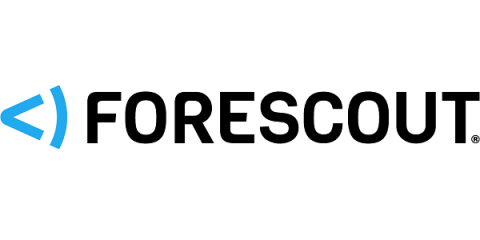New CIP standards: Why utilities shouldn't wait to deploy
On May 9, the North American Electric Reliability Corporation (NERC) officially adopted new Critical Infrastructure Protection (CIP) requirements for Internal Network Security Monitoring (INSM). This is one of the last steps before Federal regulators make it an official standard for utilities and the electrical power grid industry. What does it mean? Compliance for CIP-015-1 is coming to your utility. Utilities will need monitoring tools with deep and wide asset intelligence and network control.











